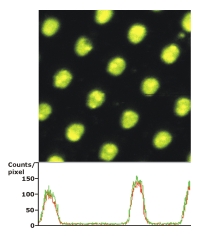
1Physik Supramolekularer Systeme, Universität Bielefeld, Fakultät für Physik and Bielefeld Institute for Biophysics and Nanoscience (BINAS), Universitätsstr. 25, D-33615 Bielefeld, Germany, and
2Angewandte Physikalische Chemie, Universität Heidelberg, INF 253, D-69120 Heidelberg, Germany
